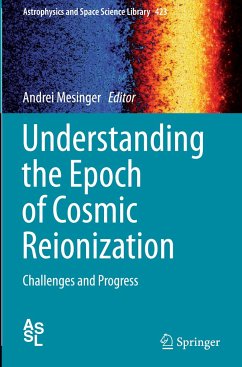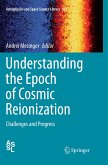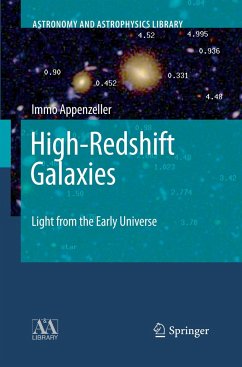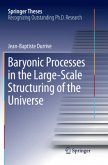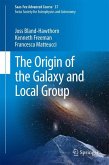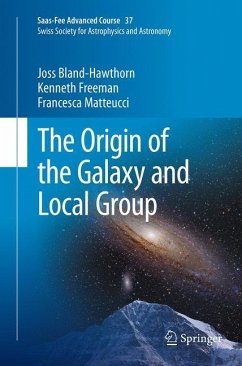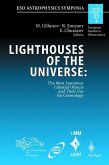The dawn of the first stars, galaxies and black holes signaled a fundamental milestone in our Universe's evolution: the Epoch of Reionization. The light from these galactic ancestors began spreading out, ionizing virtually every atom in existence. Our Universe transitioned from darkness to light, from cold to hot, from simple and boring to the wondrous cosmic zoo we see around us today. Despite its importance, observations of reionization have been few, and their interpretation has been highly controversial. Fortunately, this is rapidly changing. We will soon enter the "Big Data" era of this mysterious epoch, driven by an upcoming wave of observations with state-of-the-art telescopes as well as new sophisticated analysis tools.
The aim of this volume is to summarize the current status and future outlook of the reionization field. We bring together leading experts in many sub-disciplines, highlighting the measurements that will illuminate our understanding of reionizationand the cosmic dawn: (i) 21cm interferometry; (ii) high-redshift quasar spectra; (iii) high-redshift galaxy surveys; (iv) primary and secondary anisotropies of the Cosmic Microwave Background; (v) high-resolution studies of the metal content of early galaxies. We seek a roadmap to interpreting the wealth of upcoming observations. What is the best use of limited observational resources? How do we develop theoretical tools tailored for each observation? Ultimately, what will we learn about the epoch of reionization and our galactic ancestors?
The aim of this volume is to summarize the current status and future outlook of the reionization field. We bring together leading experts in many sub-disciplines, highlighting the measurements that will illuminate our understanding of reionizationand the cosmic dawn: (i) 21cm interferometry; (ii) high-redshift quasar spectra; (iii) high-redshift galaxy surveys; (iv) primary and secondary anisotropies of the Cosmic Microwave Background; (v) high-resolution studies of the metal content of early galaxies. We seek a roadmap to interpreting the wealth of upcoming observations. What is the best use of limited observational resources? How do we develop theoretical tools tailored for each observation? Ultimately, what will we learn about the epoch of reionization and our galactic ancestors?
"This is an excellent introduction to the 'Epoch of Reionization'. ... It is very timely, as it is a relatively new frontier in several senses ... . this is an excellent collection of articles that give a balanced and comprehensive review of the state of the subject, and it is thoroughly recommended for students embarking on the topic, for the wider community of cosmologists, and for experts in the field, who will probably also learn something new as well." (Alan Heavens, The Observatory, Vol. 137 (1256), February, 2017)

